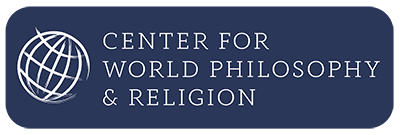Ken Wilber writes in “The Spirituality That Transforms”:
When Chogyam Trungpa Rinpoche, a great (though controversial) Tibetan master, first came to this country, he was renown for always saying, when asked the meaning of Vajrayana, “There is only Ati.” In other words, there is only the enlightened mind wherever you look. The ego, samsara, maya and illusion — all of them do not have to be gotten rid of, because none of them actually exist: There is only Ati, there is only Spirit, there is only God, there is only nondual Consciousness anywhere in existence.
Virtually nobody got it — nobody was ready for this radical and authentic realization of always-already truth — and so Trungpa eventually introduced a whole series of “lesser” practices leading up to this radical and ultimate “no practice.” He introduced the Nine Yanas as the foundation of practice — in other words, he introduced nine stages or levels of practice, culminating in the ultimate “no practice” of always-already Ati.
Many of these practices were simply translative, and some were what we might call “lesser transformative” practices: miniature transformations that made the bodymind more susceptible to radical, already-accomplished enlightenment. These translative and lesser practices issued forth in the “perfect practice” of no practice — or the radical, instantaneous, authentic realization that, from the very beginning, there is only Ati. So even though ultimate transformation was the prior goal and ever-present ground, Trungpa had to introduce translative and lesser practices in order to prepare people for the obviousness of what is.
Read the entire article. Ken Wilber is a leading voice in the Integral World Spirituality movement, and more of his writings can be found on www.kenwilber.com.
